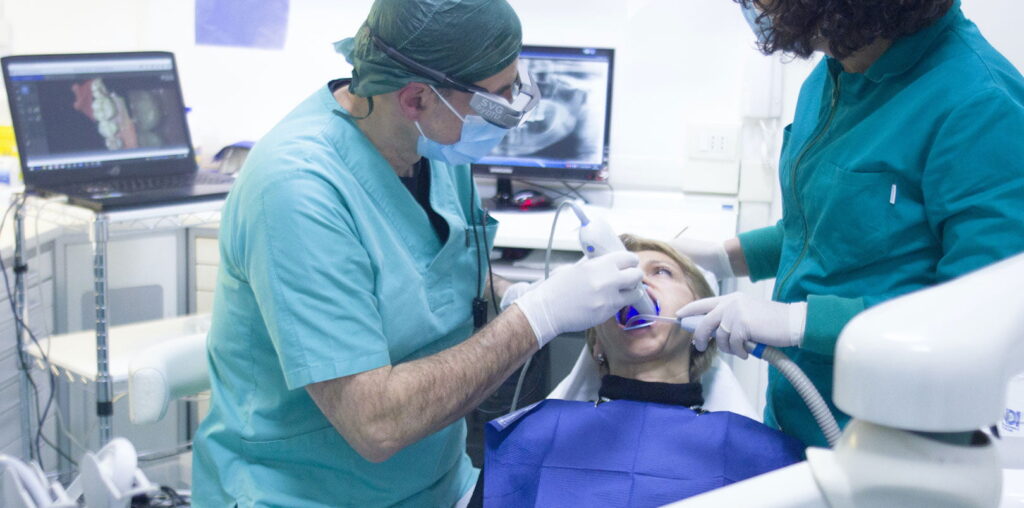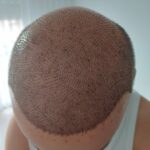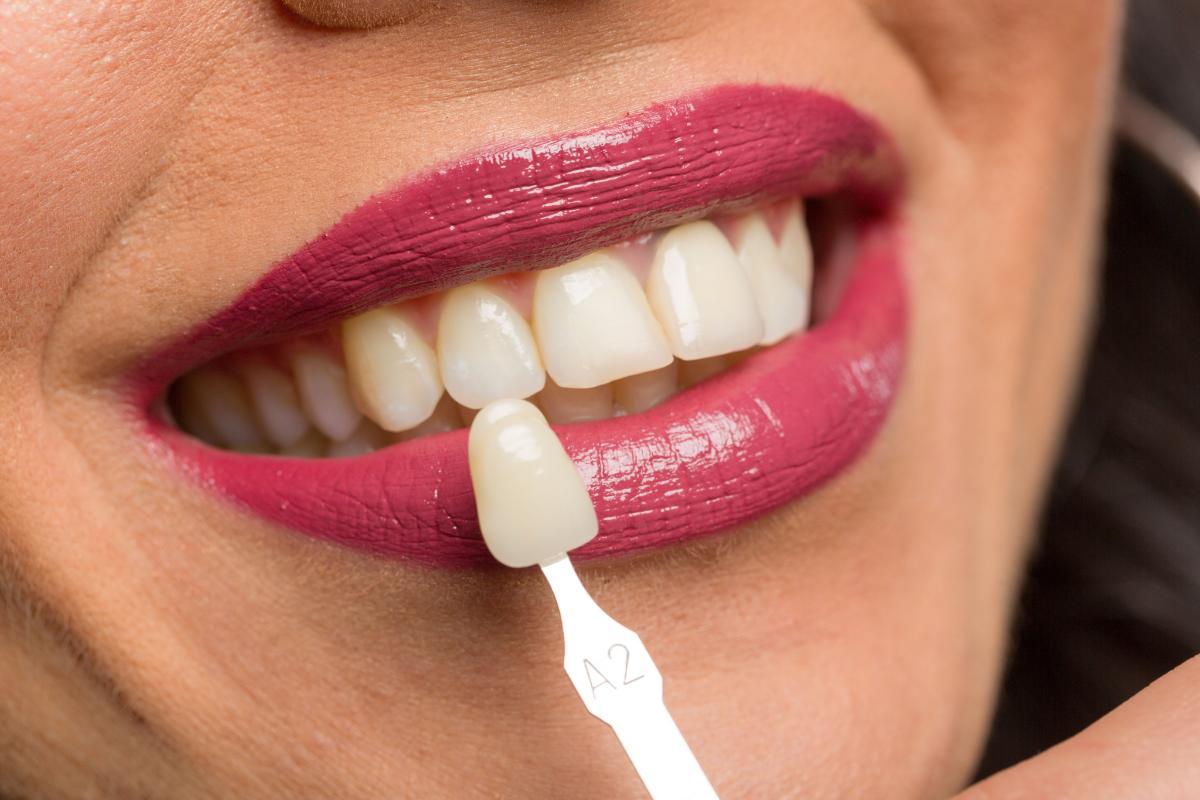Periodontal disease, commonly known as gum disease, is a prevalent condition affecting the tissues that surround and support the teeth. Dental Hygienist Dubai plays a vital role in managing and treating periodontal issues, working collaboratively within dental care teams to restore oral health and prevent disease progression. This article explores the ways dental hygienists approach periodontal treatments, emphasizing their skills, techniques, and patient education efforts.
Understanding Periodontal Disease:
Before diving into the management techniques, it’s important to understand what periodontal disease entails. It is an inflammatory condition usually caused by bacterial infection of the gums, leading to symptoms such as gum inflammation, bleeding, and in advanced cases, loss of bone supporting the teeth. Untreated periodontal disease can lead to tooth mobility and even tooth loss.
Dental hygienists are highly trained to recognize the early signs of periodontal problems and to provide treatments aimed at controlling infection, reducing inflammation, and preserving the structural integrity of the gums and bone.
Comprehensive Assessment and Diagnosis:
One of the first responsibilities of a dental hygienist in managing periodontal treatments is conducting a thorough assessment. This includes:
-
Examining the gums visually for redness, swelling, and bleeding.
-
Measuring the depth of gum pockets around each tooth using specialized instruments.
-
Assessing gum recession and attachment loss.
-
Evaluating plaque and calculus accumulation.
The information gathered during this evaluation helps in diagnosing the severity of periodontal disease and devising an appropriate treatment plan. Early detection by the dental hygienist can make a significant difference in treatment outcomes.
Mechanical Removal of Plaque and Calculus:
A fundamental aspect of periodontal treatment performed by dental hygienists is the mechanical removal of plaque and calculus (tartar). This process involves:
-
Scaling: Using hand instruments and ultrasonic devices to remove plaque and hardened deposits above and below the gumline.
-
Root Planing: Smoothing rough root surfaces to remove bacterial toxins and facilitate healing of the gum tissue.
Scaling and root planing are considered the cornerstone of non-surgical periodontal therapy. These treatments reduce the bacterial load and inflammation, promoting reattachment of the gums to the teeth and preventing further tissue destruction.
Utilizing Ultrasonic Instruments:
Dental hygienists often employ ultrasonic scalers during periodontal treatments. These devices use high-frequency vibrations combined with a water spray to effectively dislodge and flush away plaque and calculus. Ultrasonic instruments are particularly beneficial for accessing deep periodontal pockets and difficult-to-reach areas, improving treatment efficiency and patient comfort.
Infection Control and Management:
Controlling infection is essential in periodontal treatment. Dental hygienists educate patients on maintaining oral hygiene to reduce bacterial growth. They provide guidance on proper brushing techniques, flossing, and interdental cleaning methods tailored to the patient’s specific condition.
While dental hygienists do not prescribe medications, they may work closely with dentists when adjunctive antimicrobial therapies are indicated. In such cases, dental hygienists reinforce patient compliance and monitor treatment effectiveness through follow-up evaluations.
Patient Education and Motivation:
A significant part of periodontal treatment success depends on patient cooperation. Dental hygienists serve as educators and motivators, emphasizing the importance of consistent home care and lifestyle modifications that support gum health.
This includes teaching:
-
The proper use of toothbrushes and interdental aids.
-
The impact of habits such as smoking on periodontal disease.
-
The significance of regular dental visits for professional cleaning and monitoring.
Through personalized counseling, dental hygienists empower patients to take an active role in managing their periodontal health.
Monitoring and Maintenance:
Periodontal therapy does not end after initial treatment. Dental hygienists schedule regular maintenance visits to monitor gum health, check for signs of recurrence, and perform professional cleaning to keep bacterial levels in check.
These maintenance appointments are critical to prevent disease progression and ensure long-term success. Hygienists reassess periodontal parameters and update treatment plans as needed, tailoring care to each patient’s evolving needs.
Supporting Advanced Treatments:
In some cases, periodontal disease requires more advanced interventions beyond non-surgical therapy. Dental hygienists collaborate with the dental team to prepare patients for surgical procedures or specialized treatments. They provide pre- and post-treatment care instructions and assist in managing patient expectations. Their ongoing role includes educating patients about the importance of periodontal therapy in overall oral health and systemic wellness.
Emphasis on Preventive Care:
Prevention is a key philosophy embraced by dental hygienists in managing periodontal conditions. By focusing on early detection, patient education, and meticulous cleaning techniques, hygienists help prevent the onset or worsening of periodontal disease. Preventive care includes routine dental cleanings, risk assessment, and personalized oral hygiene plans aimed at minimizing factors that contribute to gum inflammation and infection.
Use of Advanced Diagnostic Tools:
Modern dental hygiene practice incorporates advanced diagnostic tools to enhance periodontal management. These may include digital periodontal probing devices that offer precise measurements and real-time data tracking. Utilizing such technology allows hygienists to detect subtle changes in gum health early and adjust treatment approaches accordingly, leading to more effective disease control.
Holistic Approach to Oral Health:
Dental Hygienist in Dubai recognize the interconnection between periodontal health and overall well-being. Their management approach often involves addressing contributing factors such as nutrition, systemic health conditions, and patient behaviors that impact gum health. By adopting a holistic perspective, hygienists provide comprehensive care that supports not just the gums but the patient’s total oral and general health.
Conclusion:
In summary, dental hygienists are essential professionals in the management of periodontal treatments. Their expertise spans thorough assessment, meticulous cleaning techniques, patient education, and ongoing maintenance. By combining technical skill with compassionate care, dental hygienists help patients achieve and maintain healthy gums, preventing the progression of periodontal disease and preserving oral function.




